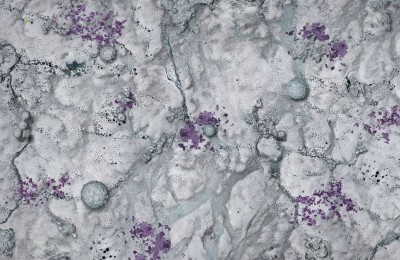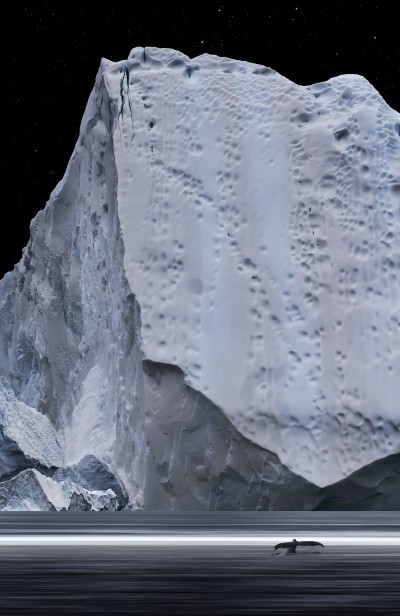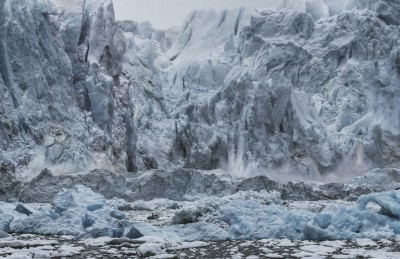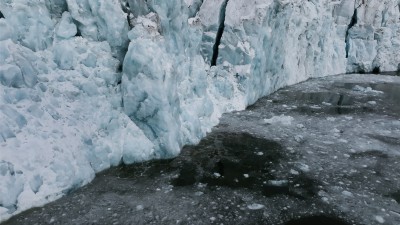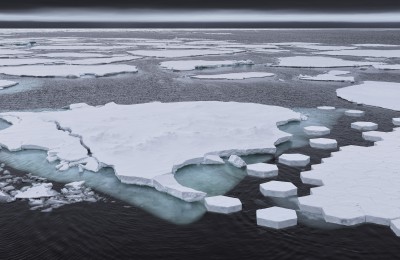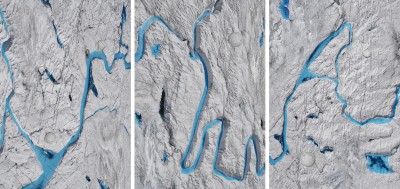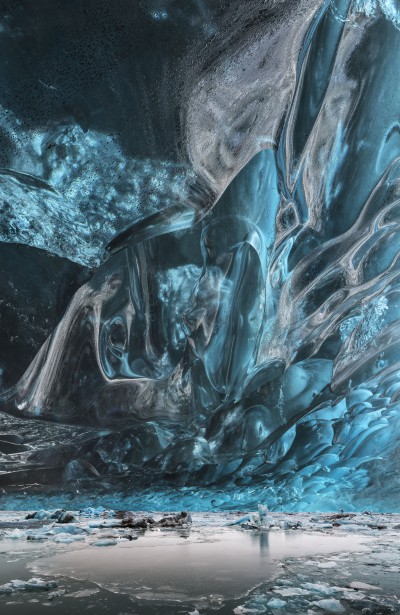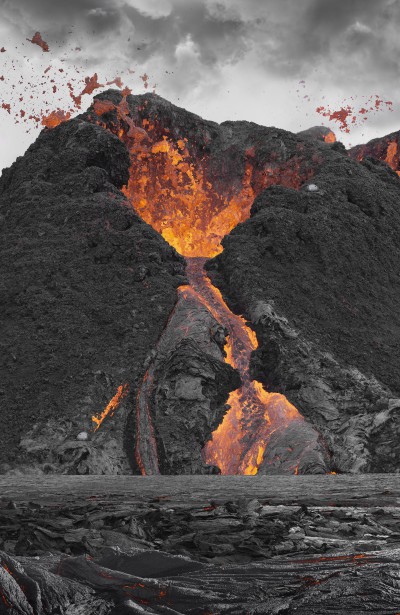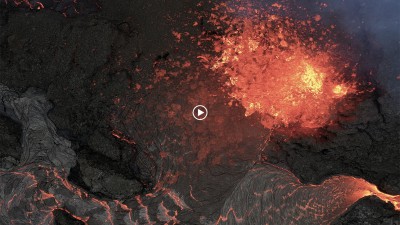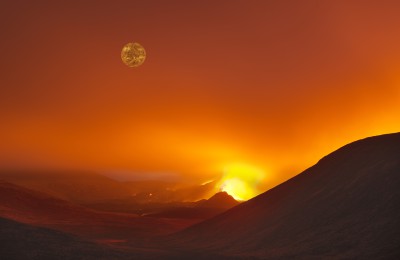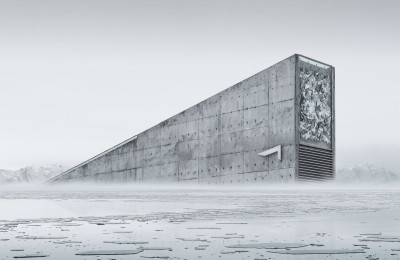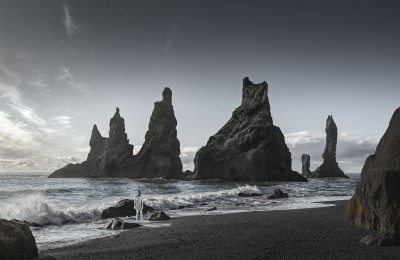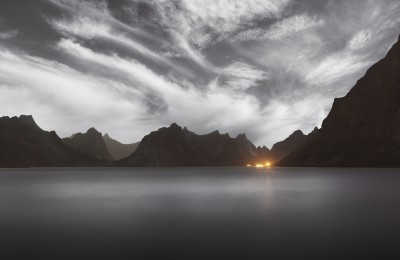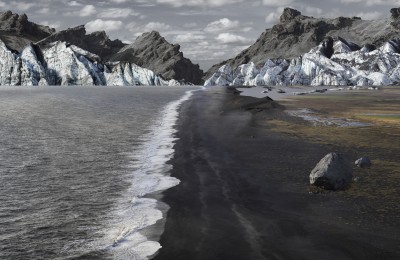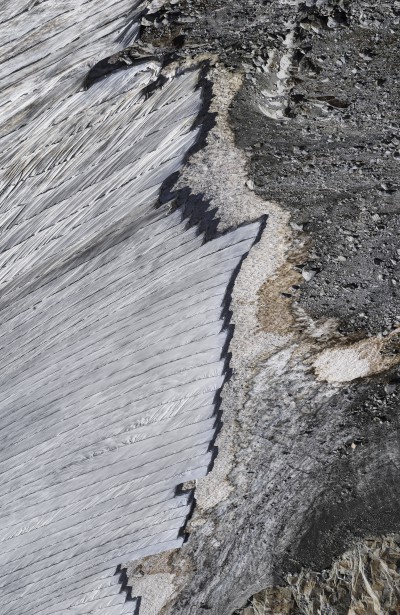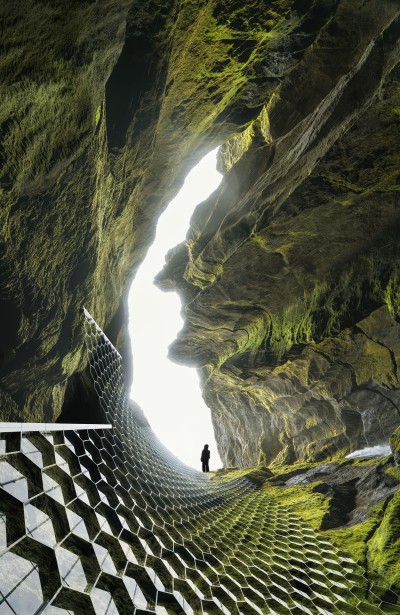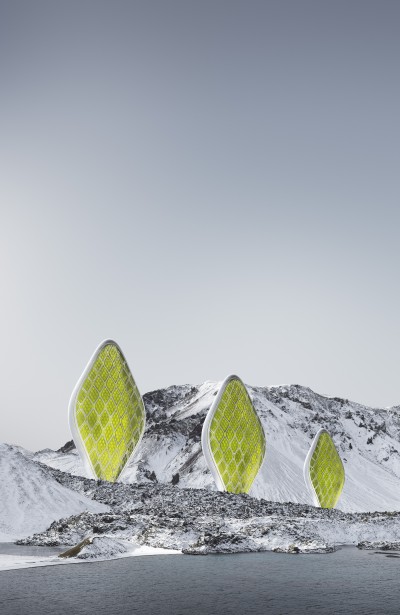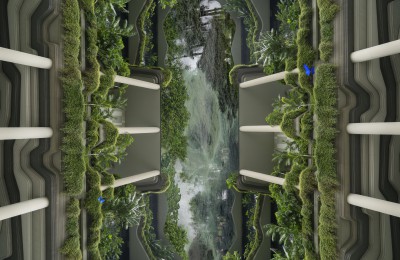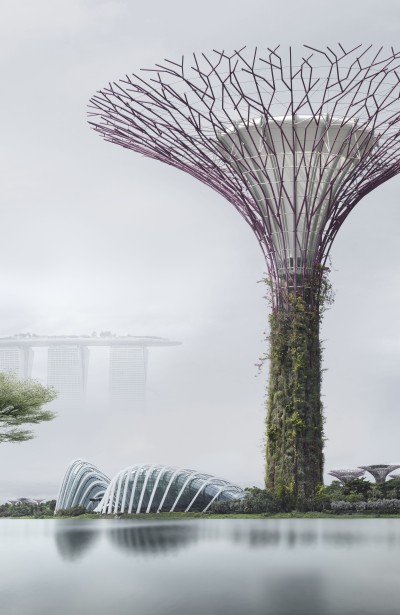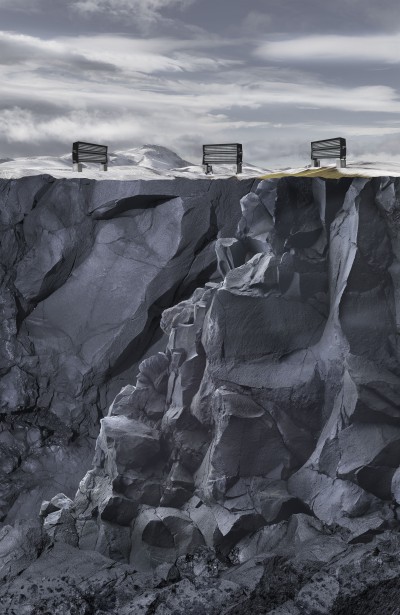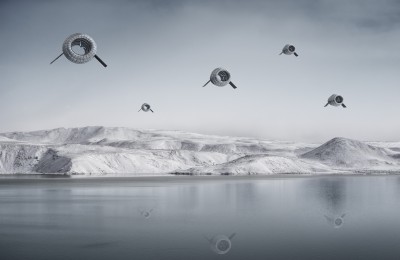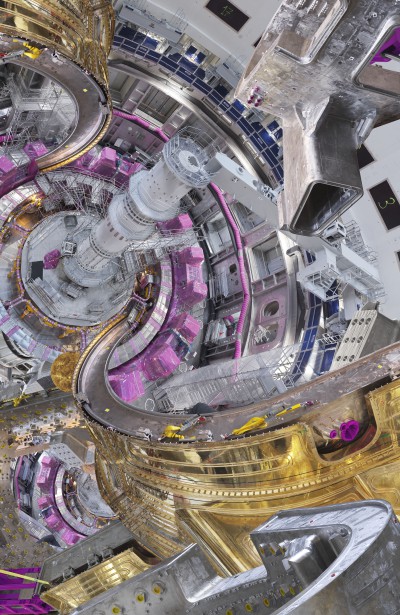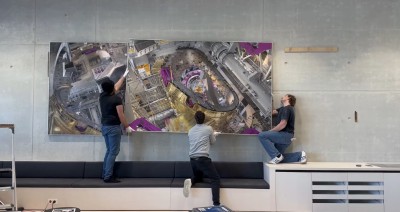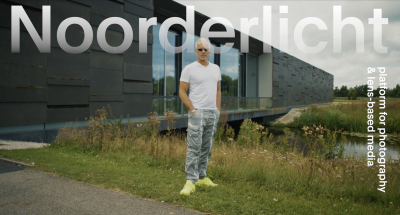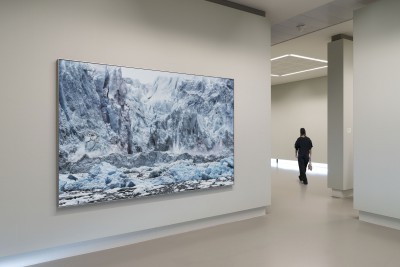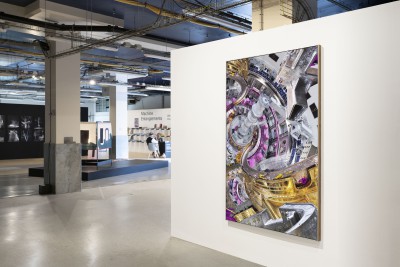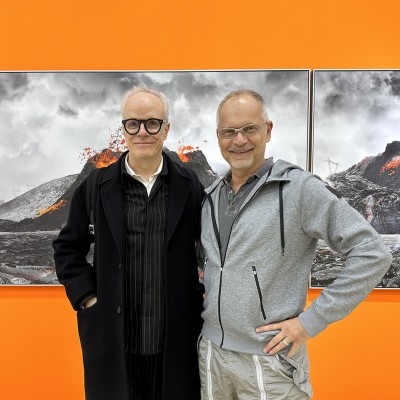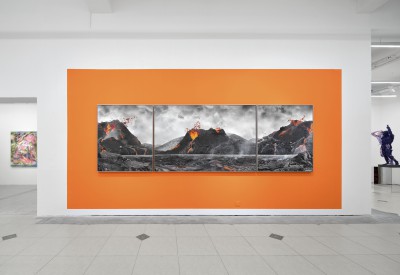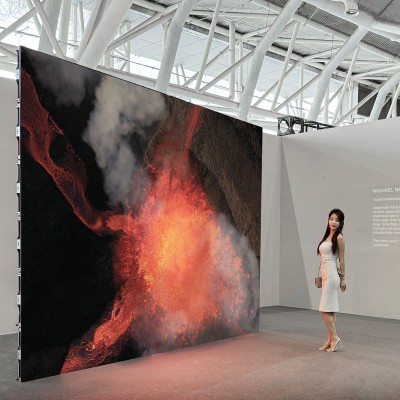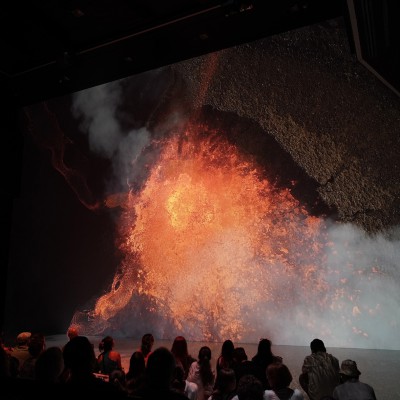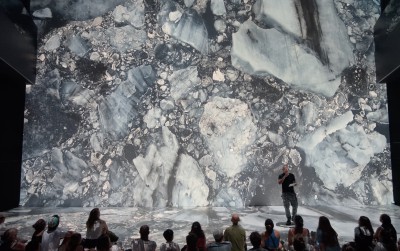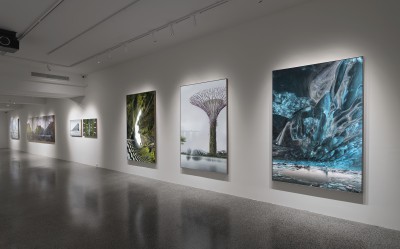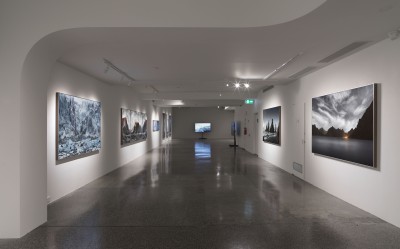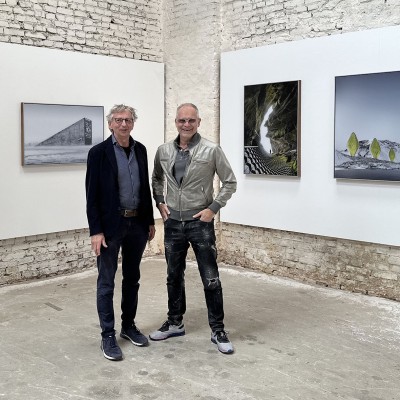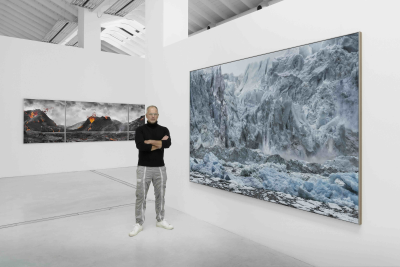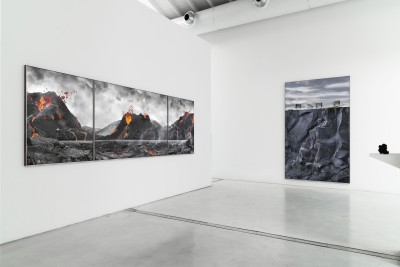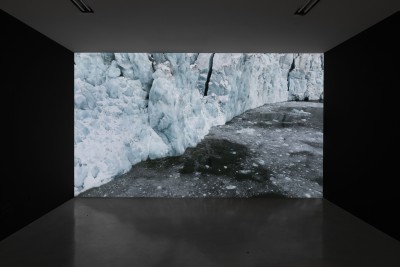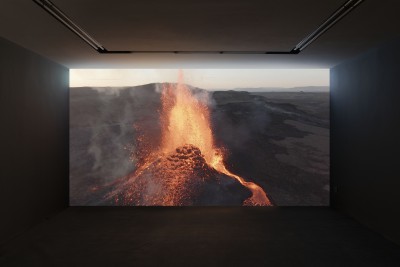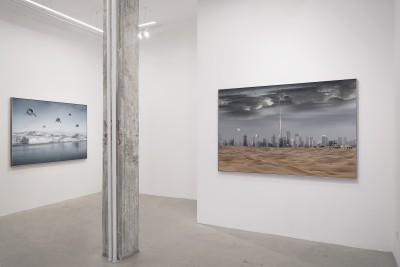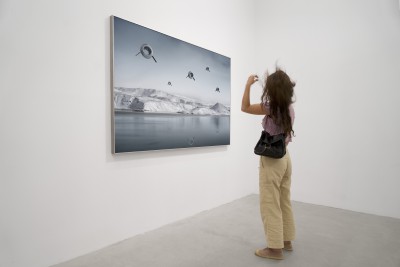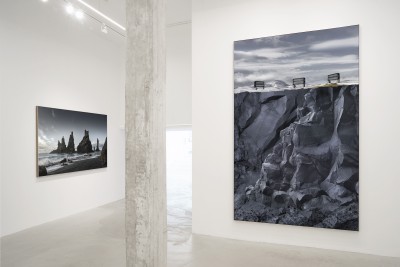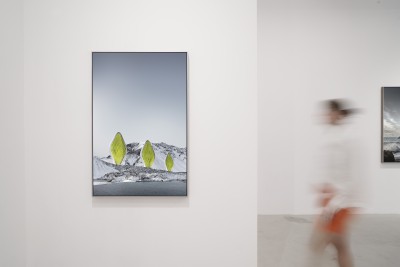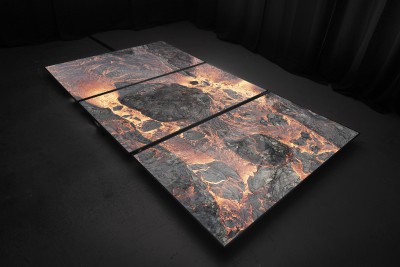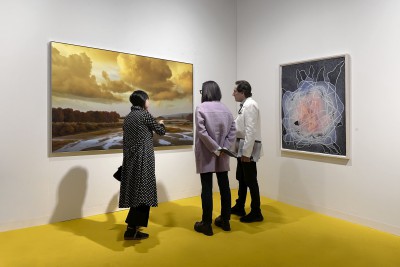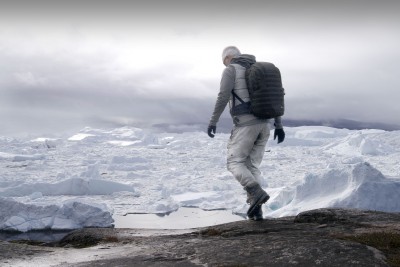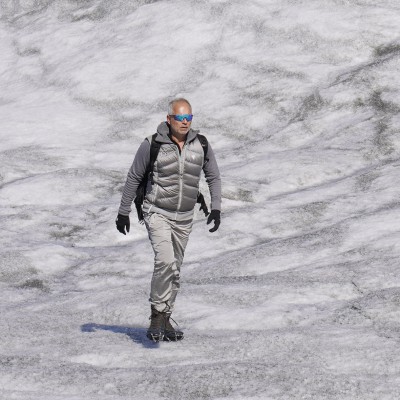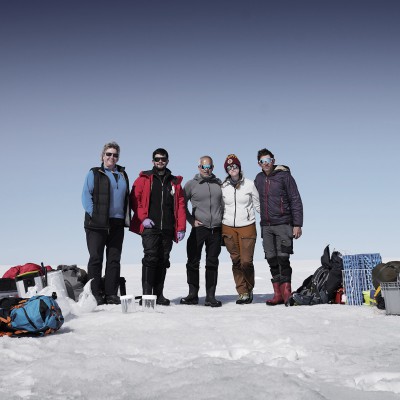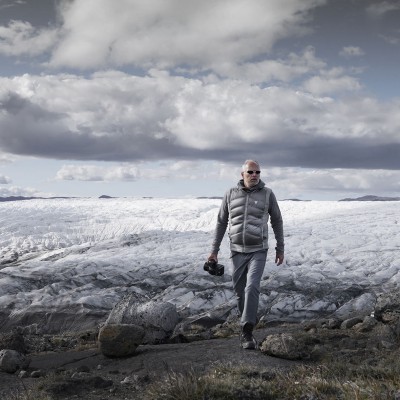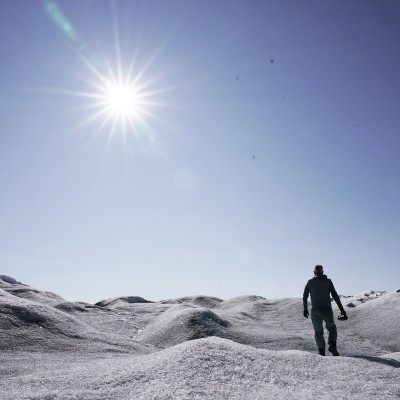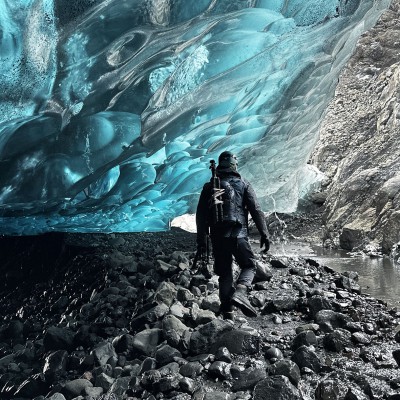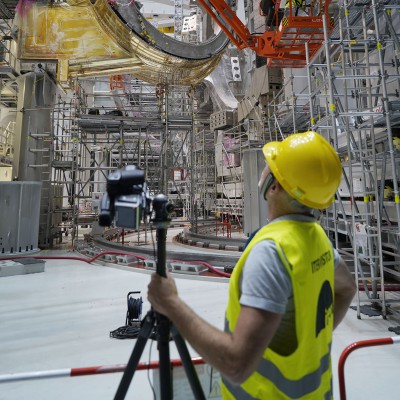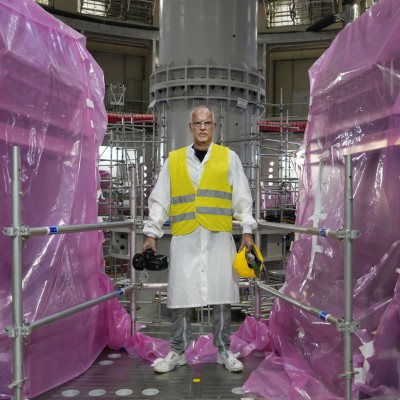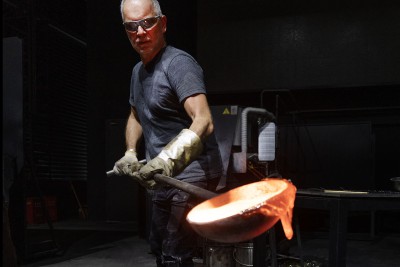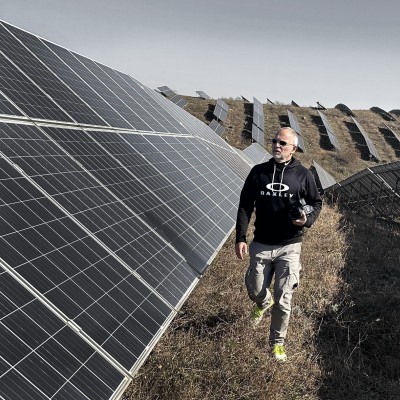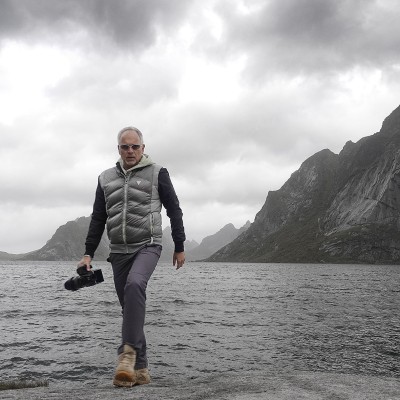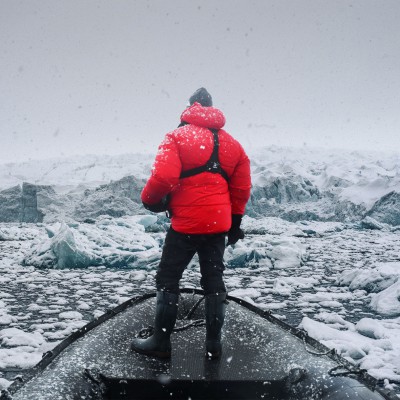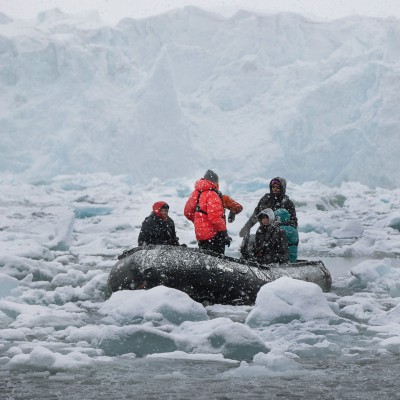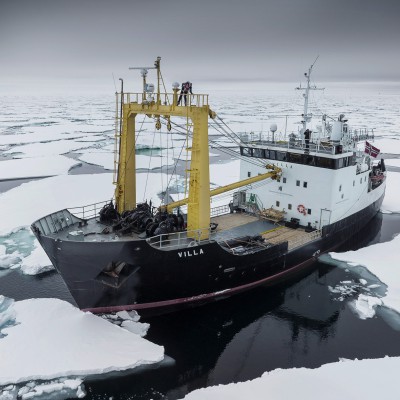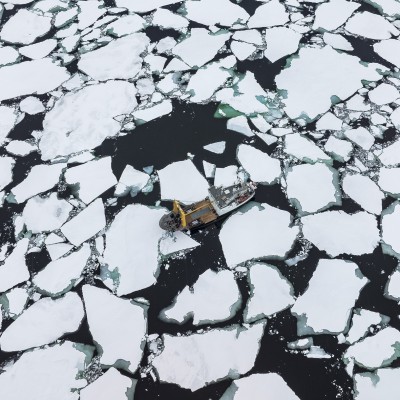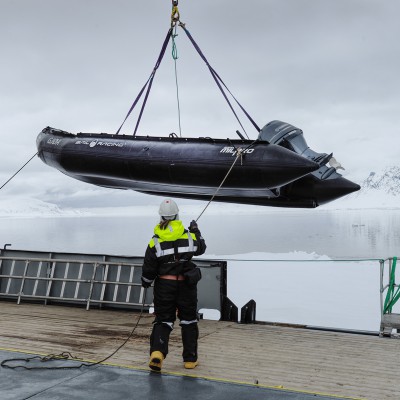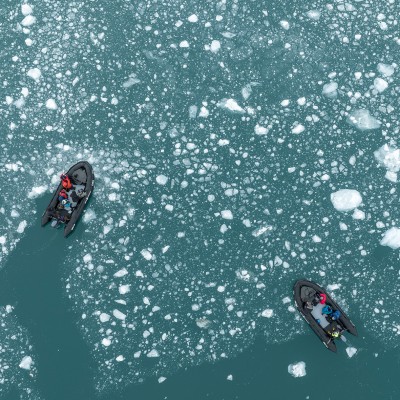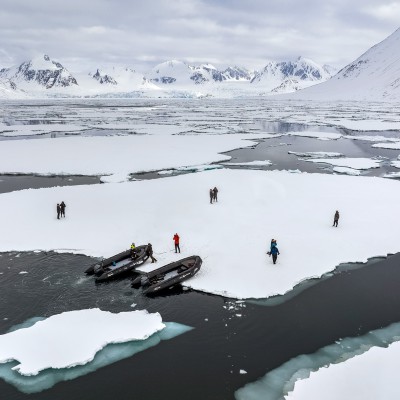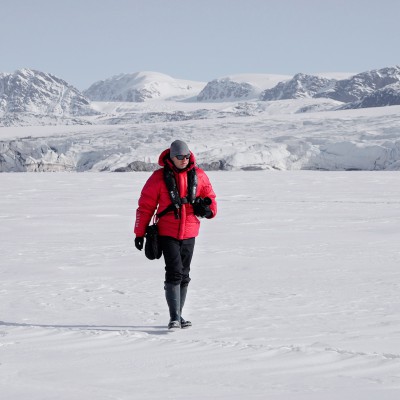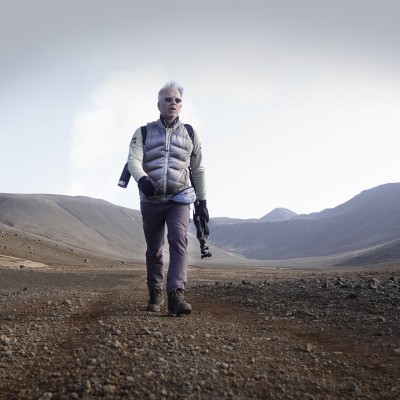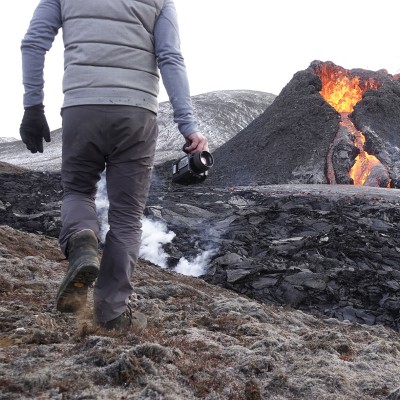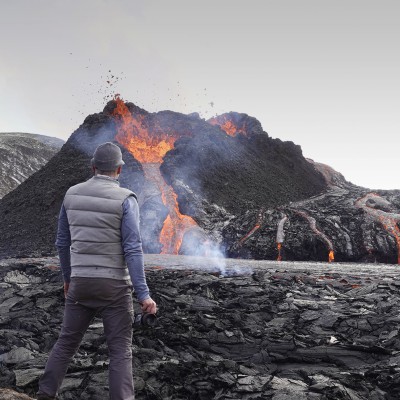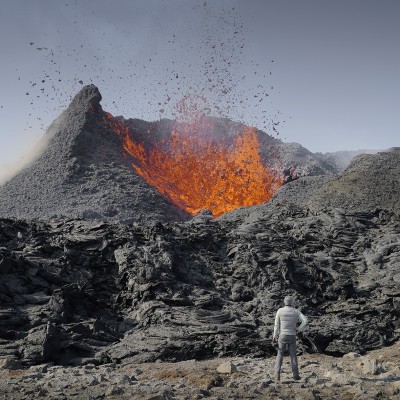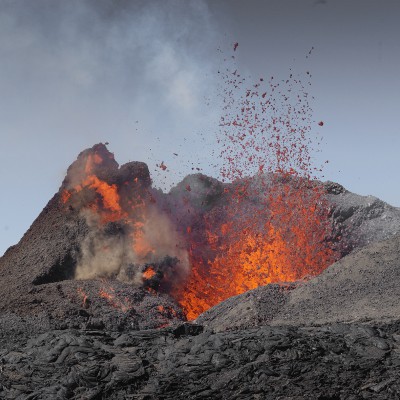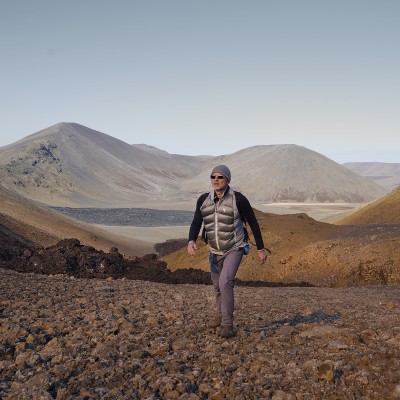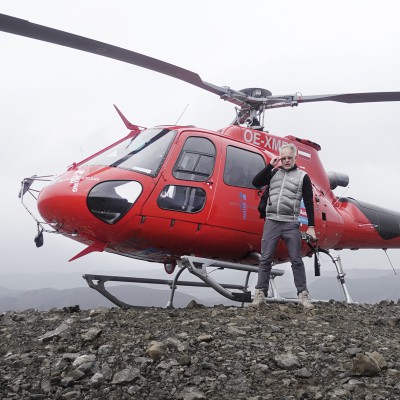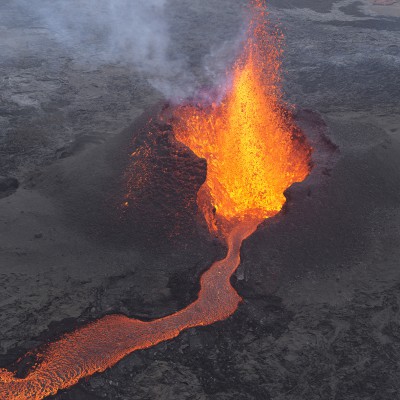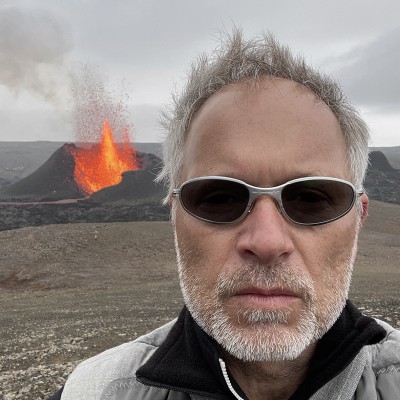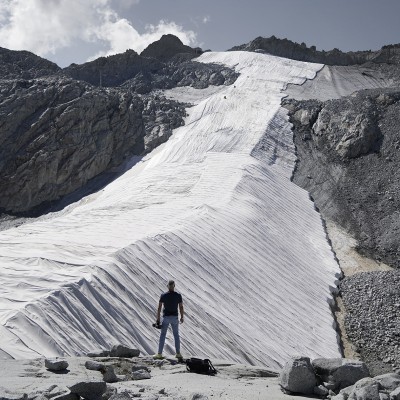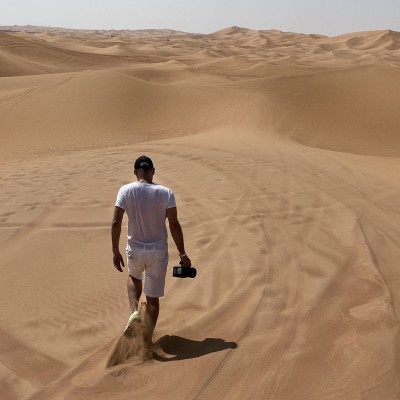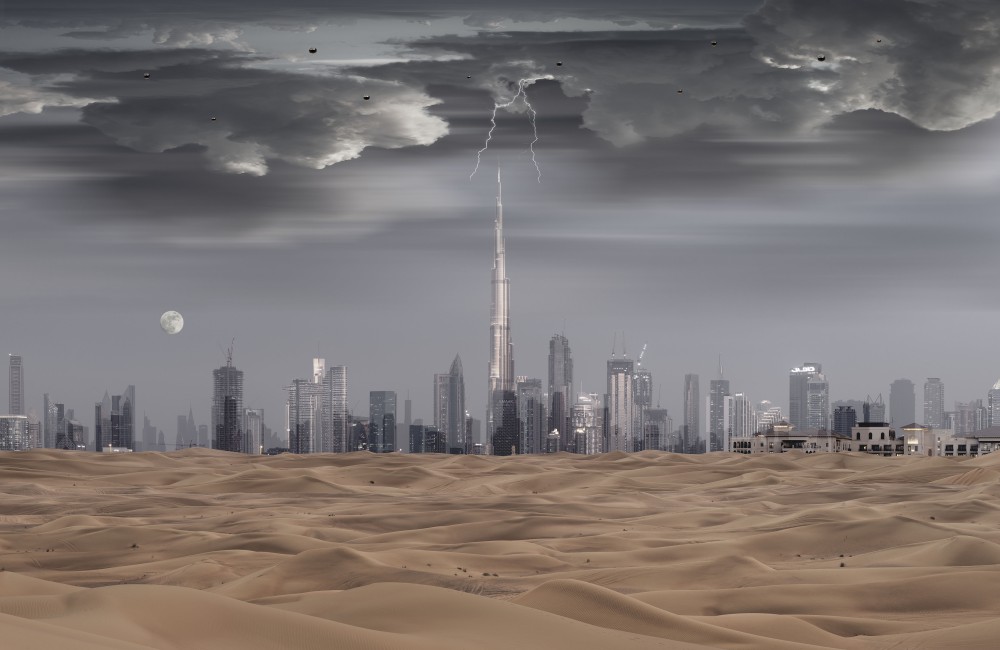
electric rainfall
Format 1: 132 x 202 cm / 52 x 79.5 in, edition of 6 + 2 AP
Format 2: 67 x 102 cm / 26.3 x 40.2 in, edition of 6 + 2 AP
Hybrid photography, archival pigment print, aludibond, diasec, custom-made wood / aluminium frame
The extreme effects of climate change are now evident across the planet. Rising temperatures, heat waves, water scarcity. The desert regions of the United Arab Emirates are particularly threatened, especially in the summer months they have to cope with great heat and enormous humidity. Temperatures between 40 and 50 degrees Celsius are now the norm, water is becoming an increasingly scarce resource, only around 70 liters of rainwater fall from the sky in Dubai per year and square meter. In order to combat the heat waves, which are becoming ever stronger as a result of climate change, the Emirates, in cooperation with the University of Reading in England, have now developed a new “rain enhancement” technology to generate artificial rain using drones. These are catapulted into the air in search of clouds of the right temperature and humidity, and then emit an electric shock, a type of laser flash. The electrical charging of the clouds results in the small water droplets being copressed into larger droplets, cloud condensation. Once these are dense and heavy enough, they fall to earth as rain. In July 2021, the desert area in and around Dubai was hit by massive rain showers for the first time, apparently resulting from manipulated downpours.
The artwork “electric rainfall” visualizes the creation of artificial rain using electrical drone impulses. The 3-part image composition consists of an extensive desert landscape, an urban skyline and dramatic cloud formations. The viewer’s gaze glides over a sandy desert landscape whose undulating dunes are reminiscent of sea waves. Dubai, an artificial metropolis made of concrete, glass, and steel, stretches out on the horizon. At the center of the image composition is the Burj Khalifa, with 828 m altitude, the tallest building in the world. The pointed architecture draws the eye up into the cloudy sky. Shiny, spherical small objects fly through the gray clouds, which have an unnatural, compressed shape. The dramatic intensity of the cloud composition, from which a two-part lightning bolt stands out in the middle, conveys to the viewer: it will rain over the desert. All over the world, innovative solutions to the extreme effects of climate change are being researched. It remains open, however, what are consequences manipulating the natural processes on Earth.
